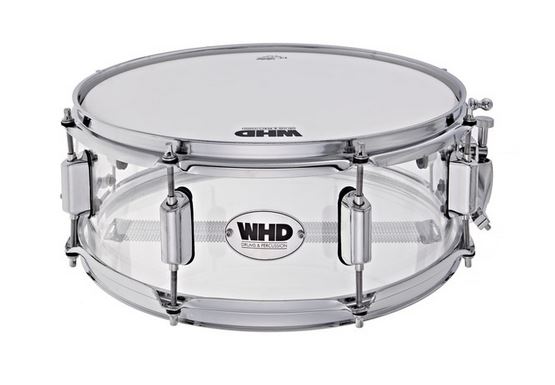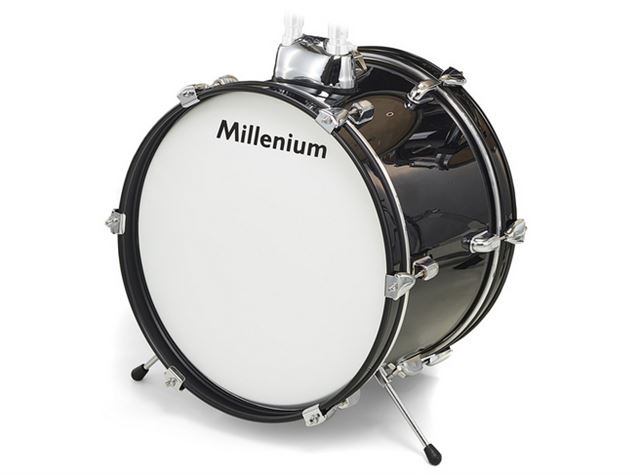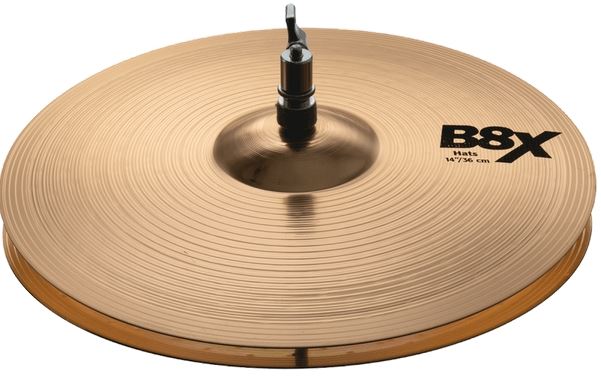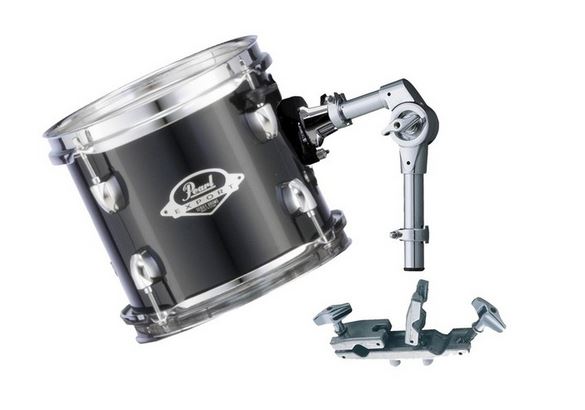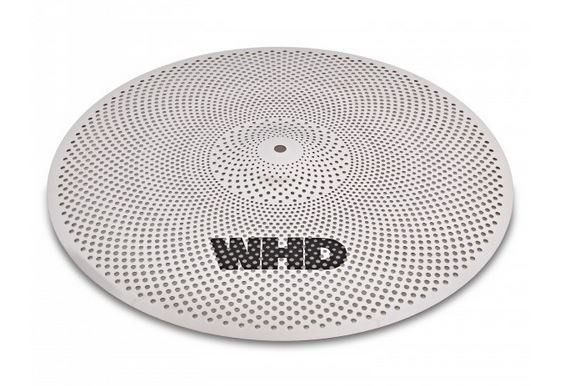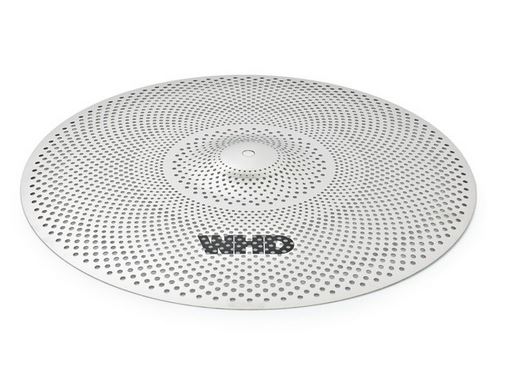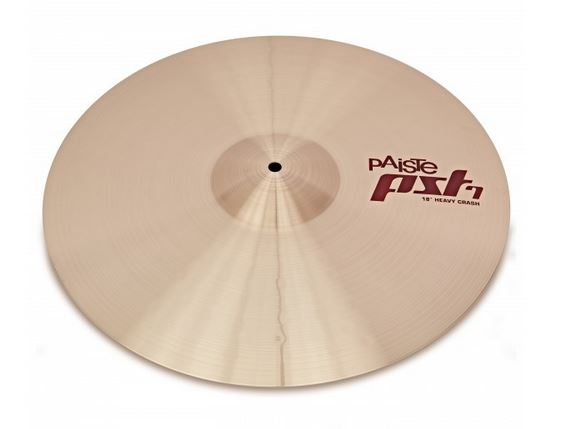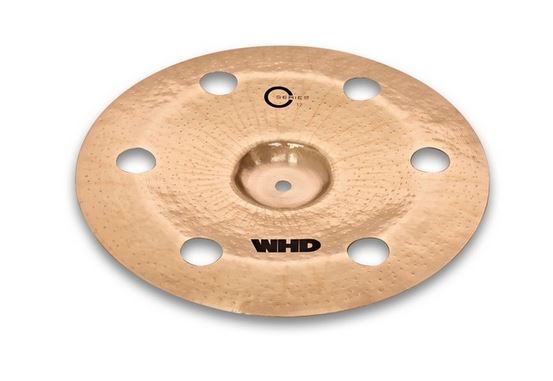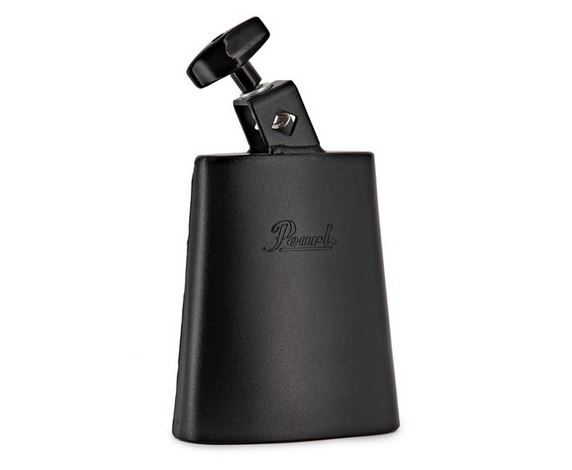Drum Set Parts – A Complete Guide For Drummers
One of the more complex instruments out there, the drum set has a lot of parts and pieces. A good drummer arms himself with knowledge, the rudiments, and hours of practice, so knowing the names of the drum set parts can be pretty helpful.
Since each of them comes in various sizes and often in different materials from set to set, the pieces you choose for your drum set may hinge on how you play your drum set. Even in the face of this variety, drum set parts can be easily categorized.
Let’s look at all the different drum kit parts.
Contents
Snare Drum
Depending on the drummer you ask, the snare drum is the most important or the second-most important drum set part. Either way, it’s undoubtedly the most identifiable drum sound. We make a snare drum by stretching a drum head over the top and the bottom of the cylindrical drum shell.
After that, we pull snares across the bottom head to vibrate against that head when the top head gets struck. Snares used to be catgut or other animal tissue, but nowadays, most drummers use nylon or metal snares.
When the snares get pulled taut, a strike to the top head of the snare drum rattles those snares, creating a brittle, tight sound that cuts through just about any noise. While the snare drum is a featured instrument in many marching bands and drum corps, when it’s part of a drum set, it’s often played on beats two and four in a rock song. That two-four pattern is called the backbeat.
Snare drums usually measure 13” or 14” in diameter, with a shell about 6” deep. Shallower snare drums play higher pitches, while deeper drums create a darker, more hollow tone.
Bass (or ‘Kick’) Drum
The drummers who said the snare drum was the second-most important drum set part say that the bass drum takes the number one spot. It sits on its side with the bottom head facing out and away from the drummer. The drummer plays it with a foot pedal, and the low, booming tone it produces anchors the entire rhythm section.
Some musical genres depend on double bass, either two bass drums side by side, one for each foot, or a single bass drum played with a double-bass pedal. This pedal is actually two pedals, each triggering a different beater.
A typical bass drum size is 18” deep and 22” in diameter. Jazz drum sets often use smaller drums, while harder rock music relies on larger bass drums. Sometimes, the bottom head has the band’s logo or some other artwork, and some drummers eschew the bottom head altogether, leaving the drum open.
Many players alter the sound of the drum by placing a pillow, blanket, or some other damping material to deaden the drum so that it won’t ring. This helps make the bass drum punchier.
Hi-Hats
If you boiled a drum set down to three pieces, the bass and the snare would be top priorities, and the hi-hat would round out the choice. Constructed of two cymbals stacked on each other, the hi-hat places the concave cymbals on the stand with the bottom cymbal facing up and the top facing down, creating a space between the two.
The bottom cymbal rests on the stand. The top one has a clamp to anchor it to the slender pole running through the hole in the center of each cymbal, and that pole gets activated with a foot pedal. Right-handed drummers usually play the bass drum with the right foot and the hi-hat with the left.
Playing the hi-hat involves several options. The most common is to hold the cymbals together with the foot pedal down, then strike the top cymbal with a drumstick. This creates a bright, short tck-tck-tck sound that you can hear in nearly every rock song ever. The hi-hat usually gets played on each eighth note.
Sometimes a drummer will open the cymbals for one or two eighth notes but closing it again for the rest. This technique creates some variety in the pattern.
Drummers often play the hi-hat with the pedal alone, socking them together with the left foot while using both drumsticks on other drums. This style is where we get the term “sock cymbal” from, another term for the hi-hat.
Hi-hat cymbals most often come in sizes ranging from 13” to 15” wide, though different drummers and playing situations can call for different sizes, depending on the sound desired.
Toms
Once you add more pieces to your drum set, most of what you add will be toms, or tom-toms. When we talk about drum sets in general, we refer to them by their piece count, and the number of pieces in a drum set just counts drums and not cymbals. So a five-piece drum set— the most common size sold— consists of a bass drum, a snare drum, and three toms.
These drums can vary widely in size, and the smaller the tom, the higher the pitch it produces. Big sets, like the one Rush’s Neil Peart played, can have tons of toms. Peart usually had about nine.
Two toms perch atop the bass drum in a basic five-piece set. Depending on the set manufacturer, there may be hardware connected to the bass drum to hold the toms up, or they may use separate stands that sit on the floor. Sometimes a set uses rack mounts, where a series of bars surround the set, and all the pieces— toms, cymbals, other percussion toys— get mounted to them.
We call larger toms floor toms because— say it with me— they stand on the floor. Floor toms are wider and deeper than stand-mounted toms, and they often have retractable legs attached to the side to allow for height adjustment or even angling the drum head toward the drummer.
Toms present nearly infinite variety for drummers— use a few, use a lot, tune them to specific pitches, whatever. Listening to a good drummer play a fill across a big set of toms is deeply satisfying.
Ride Cymbal
The counterpart to the hi-hat, the ride cymbal is usually one of the largest cymbals with a drum set. Cymbals usually get cast from an alloy of bronze, copper, and sometimes zinc. The thickness of the cymbals affects their sound, and a ride cymbal is generally thicker than other cymbals.
A thicker cymbal will have more sustain and produce a darker tone than a thinner one. Ride cymbals rely on that darker sound when making the sound they’re most known for— a bell-like ting-ting-ting that we use the same way we use a hi-hat, often with a repetitive eighth-note pattern.
A drummer might play an eighth-note pattern on the hi-hat during a song’s verses, then move to the ride cymbal, where he plays the same pattern, for the chorus. This adds variety to what he’s playing, and it can help differentiate the sections of a piece of music.
Rides usually start about 20” in diameter. Any smaller, and you’ll start losing the things that make a ride sound like a ride. Much larger, and you’ll get into gong territory.
Crash Cymbal
The exclamation point of the drum set, the crash cymbal arguably makes the most noise of all the drum set parts. Crash cymbals get played less often than rides or hi-hats.
If you know someone who uses the F word all the time, you’ve likely noticed that it loses its effectiveness with overuse. Crash cymbals are the same way. We don’t use them constantly throughout a piece of music, but rather as a way to punctuate something or make a section sparkle.
The cymbal itself is somewhat onomatopoeic in that it’s called a crash cymbal, and when you hit it with a drumstick, it goes, “crash.” It’s loud, bright, and rings for a bit. Cast from the same bronze as the ride but made thinner, the crash cymbal gives great satisfaction to its player.
The most common sizes are 16” and 18”, though smaller and larger crashes aren’t unheard of. Their thinner construction gives them a shimmery sound that decays faster than a ride cymbal does.
Other Cymbals / Percussion Items
If you listen closely to some drummers in the music world, you may begin to notice different sounds coming from their drum sets that you can’t say came from the instruments we’ve already discussed. That’s because there are hundreds of percussion instruments out there, and we all have our preferences.
Remember that a percussion instrument is usually an idiophone that produces a sound when it’s struck. You hit a drum, you get a noise. Hit a cymbal, you get a noise. If you had a little brother when you were a kid, he was probably a percussion instrument at some point.
The point is that we can attach just about anything to a drum set and say it’s part of it. If we can make use of it, why wouldn’t we?
Splash Cymbal
A splash cymbal gives a sound even brighter than a crash, and it dies off sooner. If the crash is an exclamation point, the splash works like a dash or a semicolon. Maybe the punctuation metaphor is falling apart.
They’re small cymbals, and the uninitiated usually make some comment about its cuteness when they first see one. But in the hands of the right drummer, it can be an effective percussion instrument, helping him craft a specific sound for a particular situation.
The diameter of splash cymbals ranges from 8” to 12”, with the 10” splash being perhaps the most common.
Crash/Ride Cymbal
This hybrid cymbal does double-duty, giving the ringing tone of a ride cymbal when you play it repeatedly or producing a dark crash sound when you use it that way. They usually measure from 18” to 22” and sit between a crash and a ride in terms of thickness.
Some drummers prefer this specific cymbal, but just as often, it gets employed for economic reasons— why buy two cymbals if this one can perform both jobs?
Of course, you lose the best parts of each kind of cymbal when you combine them like this, but it gets the job done, and again, some players prefer it.
China Cymbal
Like the crash/ride, the china cymbal does double duty in that drummers can use it as a crash and a ride, and each use produces a distinctly different tone than its counterpart cymbals. They have a squared-off bell on the top, and the lip of the cymbal curves back up. At rest, it sort of looks like it’s in the process of getting turned inside-out.
The name comes from the fact that it is shaped similarly to a Chinese cymbal called a bo. They also produce similar sounds.
When played as a ride cymbal, the china gets struck on or near the squared-off bell and makes a kind of tang-tang-tang sound. Using it as a crash means striking it nearer to the cymbal’s edge, and hitting it at different spots creates different sounds. The crash sound of a china cymbal is a bright swish.
They can come in sizes as small as 10”, but more common sizes include 16”, 18”, and 20”. Interestingly, this cymbal gets mounted right-side-up or upside-down regularly, and the reason goes back to the fact that hitting it in different places gives you different sounds. However, if you plan to use it as a ride, mounting it upside-down will cause you issues since you won’t be able to reach the cymbal’s bell.
Cowbell
If you didn’t know what a cowbell was before that Christopher Walken sketch on “Saturday Night Live,” you know now. Many drummers use a cowbell for its insistent and deep-throated sound that, despite being a lower-register tone, cuts through just about any sound. It’s a heavier-handed timekeeper than a hi-hat.
Sometimes they’re tuned and sold as a melodic set, but drummers often have the one bell they strike with a stick. You get a tinny sound by hitting the side of the cowbell with the tip of the drumstick, and a fat, in-your-face tone when you hit the lip of the bell with the body of the stick. What a great sound that is.
Rarely does a drummer hold the cowbell but instead mounts it with a cowbell stand on the hi-hat stand or some other spot on the drum set. Like a crash cymbal, a little cowbell goes a long way.
Electronic Parts
As if there weren’t enough variety in the drum world, electronic drums came with the dawn of synthesizers and digital music. They come in all shapes and sizes, from an electronic drum set with a drum pad standing in for every drum and cymbal in a corresponding acoustic set to drum pads players mount on or near their drum set to give them access to samples and other sounds.
Way more prone to technological difficulties than a regular old bass drum, electronic drums can allow drummers to do really cool things they couldn’t do on a “normal” drum set. Terry Bozzio, drummer for 80s band Missing Persons, was a pioneer in electronic drum sets, building his own from scratch in 1983.
With samples and other electronic drum equipment, a drummer will be limited only by his imagination.
FAQ
We’ve covered a lot of ground, but not every stone got turned, so you may still have questions. If so, read on.
What is Drum Set Hardware?
Some drum makers sell a drum set with everything— drums, cymbals, stands, even a carpet to put the set on— and some consider a drum set just that: drums and that’s it. Either way, you’ve got to have stuff to hold the drums up off the floor, and that’s what hardware is.
And the thing about hardware is that drum sets aren’t heavy to lug around until you start adding the hardware. All those metal stands get heavy quickly. Hardware also includes the bass drum pedal and any other rack, clamp, or gizmo you use to hold your rig together.
How Do I Mic a Drum Set?
Carefully. And individually. You’ll get the best results by having a separate mic for each drum, and mic manufacturers sell specialized microphones just for this purpose. Put a bass mic on the bass drum, a snare mic right above or under the snare, and tom mics for each tom. Many sound guys use omnidirectional mics to catch cymbal sounds and put them over the drummer’s head. For most of us, mics involve trial and error.
What Do Drummers Sit On?
Usually, drummers use a three-legged stool called (and this is real) a throne. A drum throne. Sometimes the padded seats have backrests on them, but more commonly, they don’t.
Summary of Drum Set Parts
We’ve thrown a lot of information at you here, but there are so many names, sizes, sounds, and uses for all of it when it comes to drum set parts. If you’re just starting, focus on your playing, not what you’re playing on. As you improve and progress, you’ll encounter and use everything on this list and many more percussion instruments.
Drummers have the most fun because we have the most toys. We just have to learn what they all are.
- Viola vs Violin – 5 Key Differences Between The Two Instruments - March 20, 2024
- 15 of the Most Famous Violinists of All Time (18th Century to Present) - March 20, 2024
- Full School Band Instruments List (Elementary / Middle / High) - March 18, 2024

